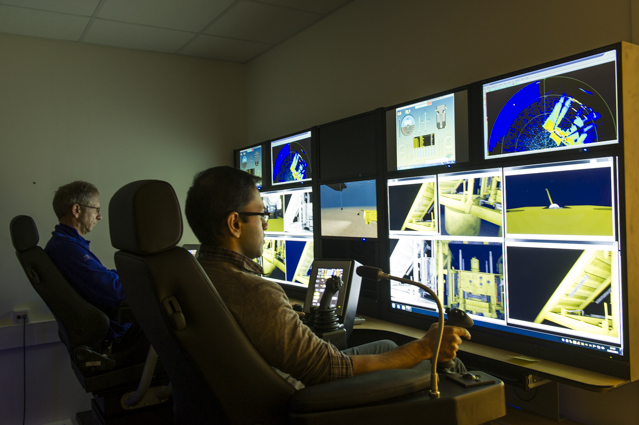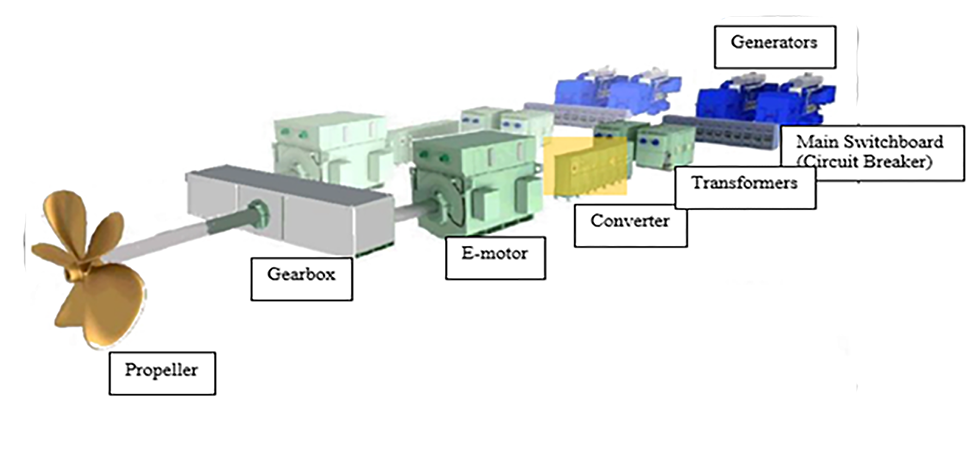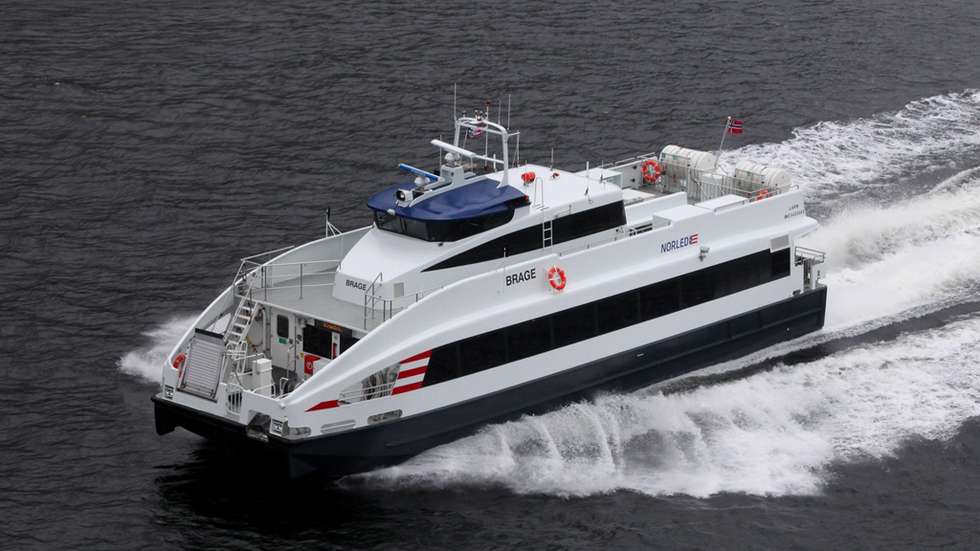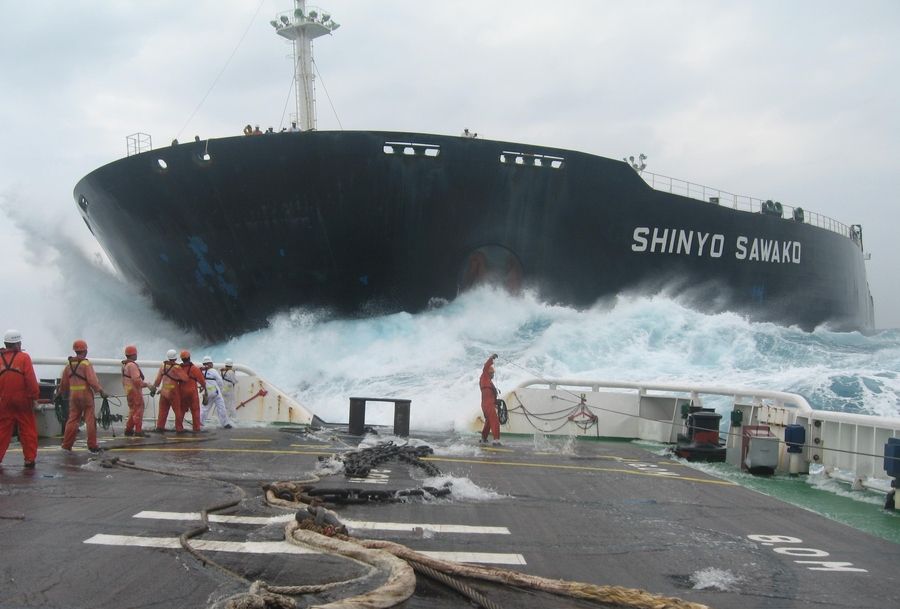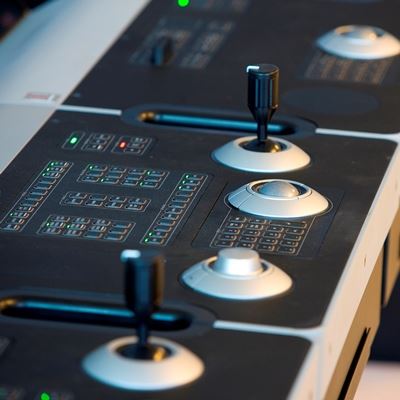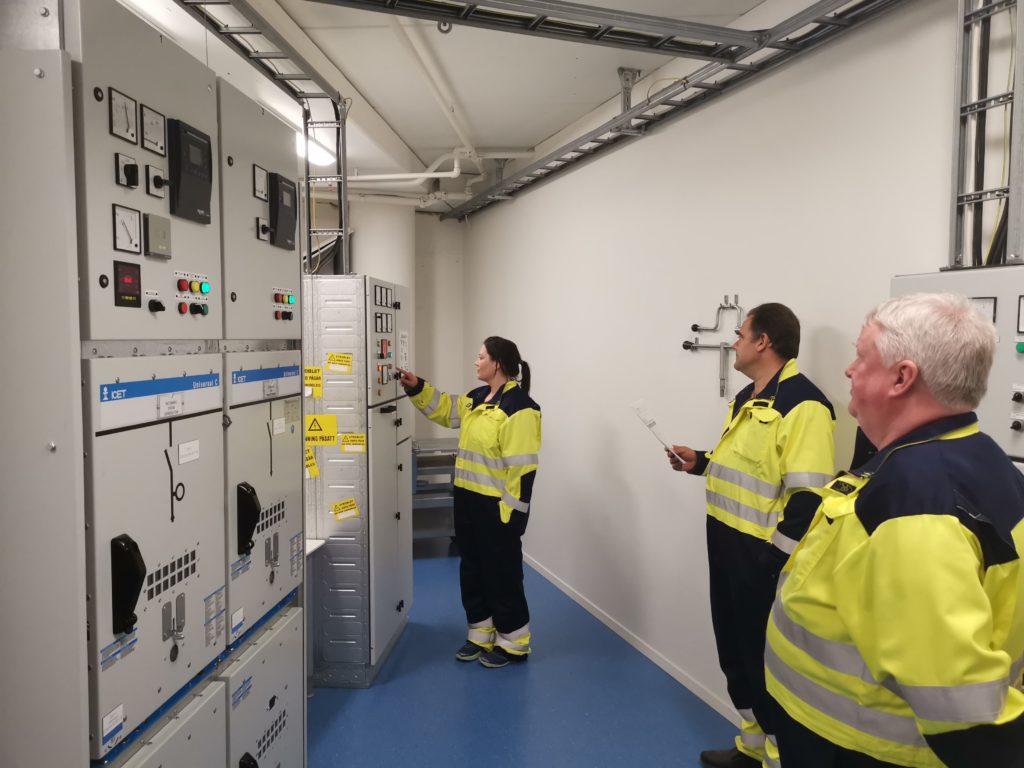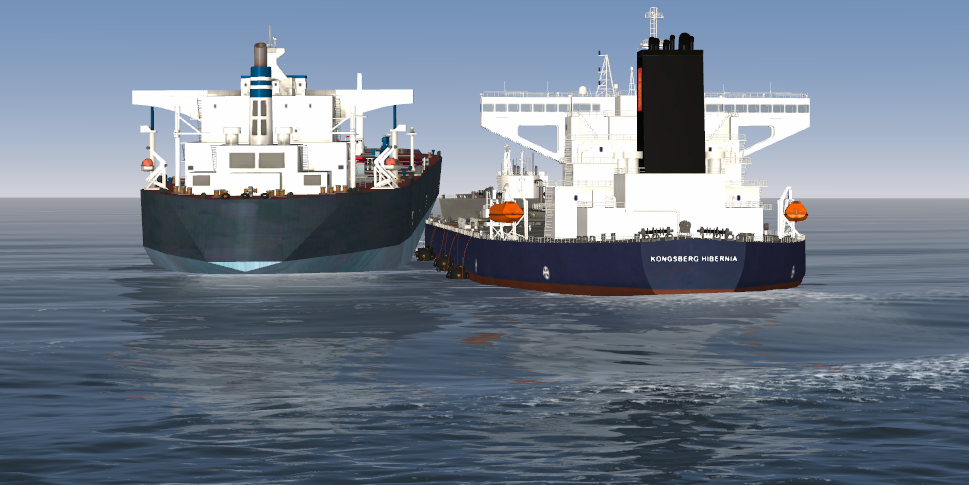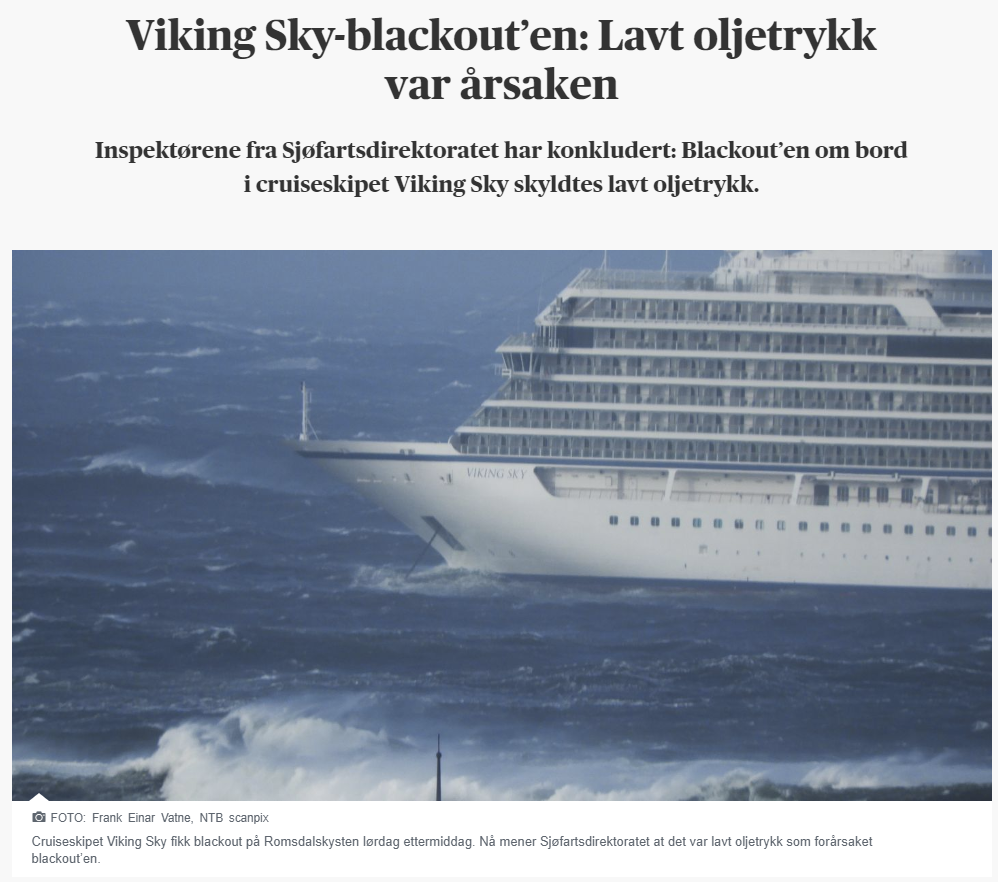The On The Wave (OtW) project positions itself within the Blue Growth programme area 3 “Education, Scholarships, Apprenticeships and Youth Entrepreneurship” and clearly and directly contributes to two programme outcomes, namely “4. Education, training and cooperation in marine and maritime issues enhanced” and “5. Enhanced collaboration between the beneficiary and the donor states involved in the programme by focusing on capacity building processes within the maritime sector”.
The project will contribute to “promote the improvement of human resources skills and awareness in marine and maritime issues” by building a rationale that stands heavily on the value and need of better-equipped education and training professionals within the maritime sector, focusing on distance and blended learning methodologies (on the top training priorities due to COVID-19). On the Wave will further reinforce education and training in the sector by including collaborative processes of knowledge sharing between training providers from Portugal and Norway to design new training courses.
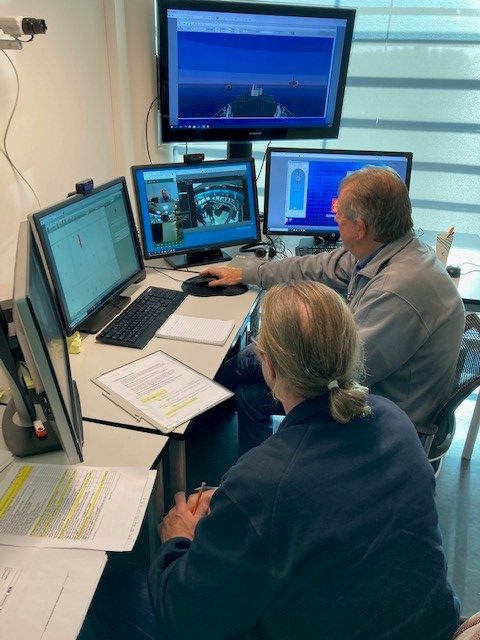
The project will answer the needs of call#5, namely:
- improving skills and competences in maritime sector through education and training;
- promoting institutional cooperation of education between entities from Norway and Portugal, thus enhancing the quality and relevance of education and training in Portugal;
- encouraging the professional development of teachers, trainers.
On the Wave will contribute to such priorities by creating training courses which will entail the design, development, and implementation of the following initiatives:
- Implementation of sharing sessions and study visits, thus promoting trainers short exchange activities and the exchange of knowledge and experiences.
- Co-designing a distance/blended learning training methodology for maritime training offers;
- Structure, develop and implement short-duration training units (SDTU), as well as structuring an online model and 3 online STCW training courses
- Jointly organize a set of events, thus further promoting synergies and cooperation between Portuguese and Norwegian training providers.
By doing this, the project will answer and contribute to the following programme targets/indicators:
- The development 5 intellectual outputs jointly created in cooperation projects (courses programme, curricula, teaching materials…);
- At least 60 to 80 participants self-declare improves skills and competencies after undertaking the SDTU;
- At least 2 training providers are supported in providing maritime training subjects;
- At least 3-4 trainers/technical staff from Portugal participate in short exchange activities;
- At least 2 events are jointly organized (at least 50 participants) and 12 workshop like sessions are jointly organized (overall 252 participants).
If you want to know more about the project please contact Felix A Klein; fak@simsea.no or phone 992 94 880.

